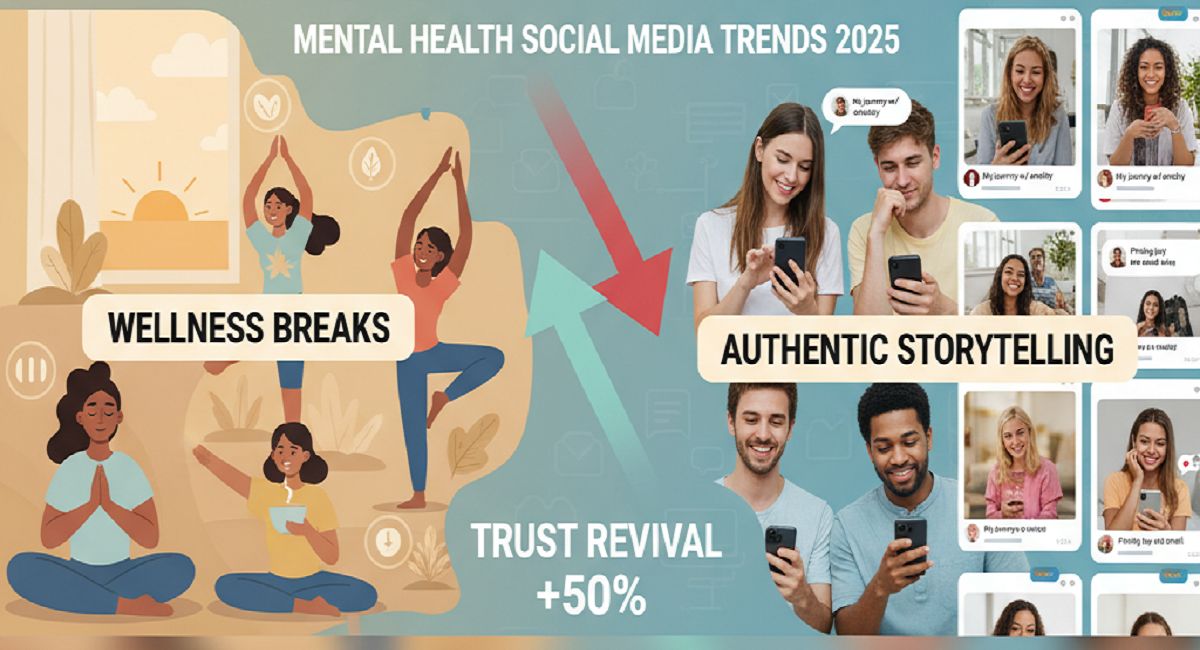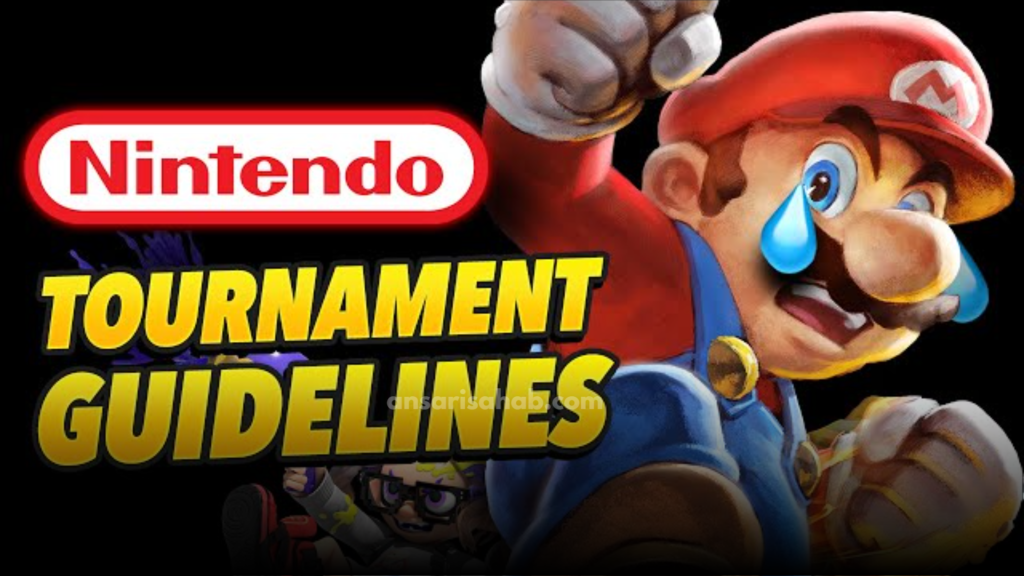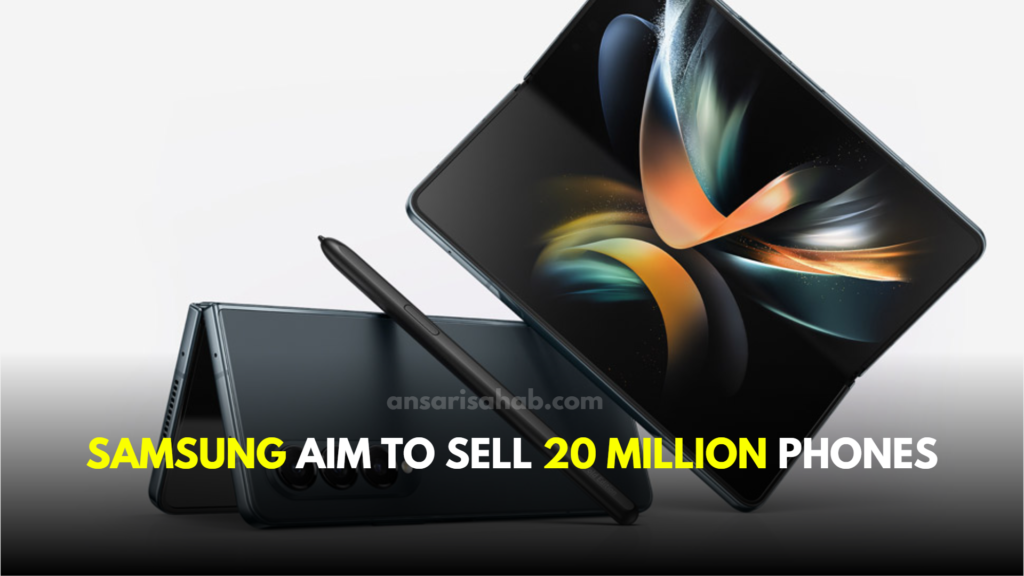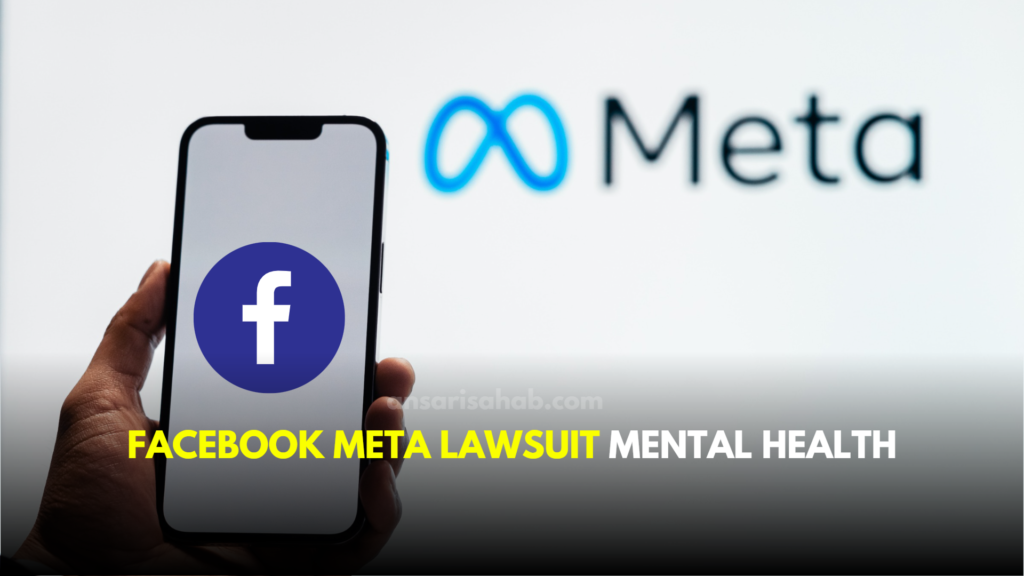User trust in social-media platforms has tumbled dramatically in 2025, prompting platforms and creators to adopt mental health social media trends 2025 focused on wellness breaks and genuine personal narratives. According to a recent survey of Gen Z users, only 52% now say social apps help them feel supported — down sharply from earlier years.
A Crisis of Trust and Well-Being
The decline in trust comes as surveys show rising mental-health risks linked to social-media use. For instance, 58% of American adults report that social-media use harms their mental health, and 40% of young users say they feel worse about themselves after logging in. This decline is fueling a new wave of strategy among platforms, creators and wellness professionals seeking to reverse negative trends and rebuild trust.
What’s Driving the Shift?
Wellness breaks as a trend
As part of the broader mental health social media trends 2025, platforms and creators are encouraging users to take scheduled “wellness breaks” — moments where the app experience is paused or replaced by reflection prompts. According to a June 2025 wellness survey, millennials and Gen Z are increasingly viewing wellness as a daily practice rather than an occasional activity. These breaks aim to counter “doom-scrolling”, the habit of relentless negative content consumption known to harm mood and well-being.
Authentic storytelling by creators
Another dimension of the trend: creators share more open, vulnerable stories of mental-health challenges — moving away from curated perfection. This authentic content is part of rebuilding trust under the “mental health social media trends 2025” umbrella, offering real connection rather than idealised lives. Users report greater resonance with content that acknowledges struggle rather than only success.
Platform responsibility and design changes
Platforms themselves are responding, redesigning algorithms and introducing features that prompt users to take breaks or reflect on their mood after prolonged use. This shift ties directly into how the sector aims to reverse the sharp drop in trust levels by aligning experience with wellness goals.
Expert Perspectives & Data
Mental-health experts caution that while social media can facilitate connection, it also carries measurable risk. The U.S. Department of Health & Human Services advisory notes that adolescents who spend more than three hours per day on social media face double the risk of anxiety or depression. Meanwhile, research organisation Cybersmile Foundation found that 87% of Gen Z surveyed in 2025 say social media negatively affects their mental health.
Wellness strategist Dr Radha Modgil observes: “We are entering a stage where social platforms must think of user experience as mental-health policy in practice. When trust falls by half, the user-journey must include support mechanisms, not just engagement metrics.”
What It Means for Users, Platforms and Creators
For users
The trend towards wellness-first social media means you’ll likely see more in-app notifications suggesting breaks, curated pause modes, and creator-led “real talk” sessions discussing mental health. Users can benefit by adopting intentional habits: schedule offline time, follow creators whose stories feel genuine, and recognise that comparison-scrolling may harm rather than help.
For platforms
Platforms facing the drop in user trust are rethinking design: less prioritisation of sensational content, more signals for meaningful engagement and mental-health safe modes. The “mental health social media trends 2025” concept shifts platform strategy from pure growth to sustainable user well-being. Trust rebuild is central.
For creators and brands
Content creators who lean into authenticity and topic-relevant storytelling (mental-health journeys, wellness routines) may rebuild stronger connections with audiences. Brands that support such content or integrate wellness breaks into campaigns stand to gain credibility in an era of diminishing trust.
Challenges and Outlook
While promising, the shift faces hurdles. Measuring trust and wellness impact remains complex. Platforms must avoid treating wellness breaks as just another engagement tool. Experts warn of “performance wellness” — where breaks become part of marketing rather than meaningful practice. Genuine integration requires long-term commitment.
Additionally, the user-experience re-designs must account for diverse audiences. Gen Z’s concerns (body image, sleep disruption, cyberbullying) differ from older users. One survey found 50% of teen girls said social media had burned their sleep.
Final Word
The mental health social media trends 2025 are signalling a critical turning point: platforms, creators and users are recognising that trust, wellness and authenticity must intertwine. With user trust having dropped by roughly half in key demographics, the moment calls for structural change. When social media becomes a space that supports rather than strains mental health, the industry stands to rebuild not just audiences—but sustainable and human experiences.









